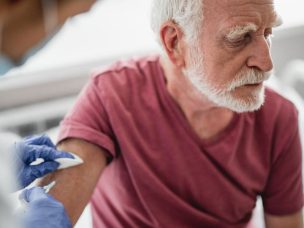November 5, 2020
~65 Percent of Office-Based Doctors Can ID Patients in Need of Follow-Up
THURSDAY, Nov. 5, 2020 (HealthDay News) — Almost 65 percent of office-based physicians have the computerized capability to identify patients due for preventive or follow-up care, and having an electronic health record (EHR) system is associated with the ability to send electronic reminders to increase receipt of this care, according to research published in the...
Improving Inclusion of People With Disabilities In Clinical Trials – What Can We Do?
Nearly 60 million patients in the United States live with disabilities.1 Although patients with disabilities show high engagement with health care services and represent about one-quarter of health care expenditures in the U.S.,2 this large group remains underrepresented in clinical research trials. As a result, any treatments or therapies developed from these trials may not...
For Rural Americans, Fair representation in Clinical Trials Improves Cancer Outcomes
Nearly 1 in 5 Americans live in rural areas. The United States Census definition of “rural” changes slightly from year to year, but, in general, rural areas are those that are sparsely populated and located far from urban centers.1 Demographic research indicates that rural-urban disparities in health care have widened in recent years, particularly among...


